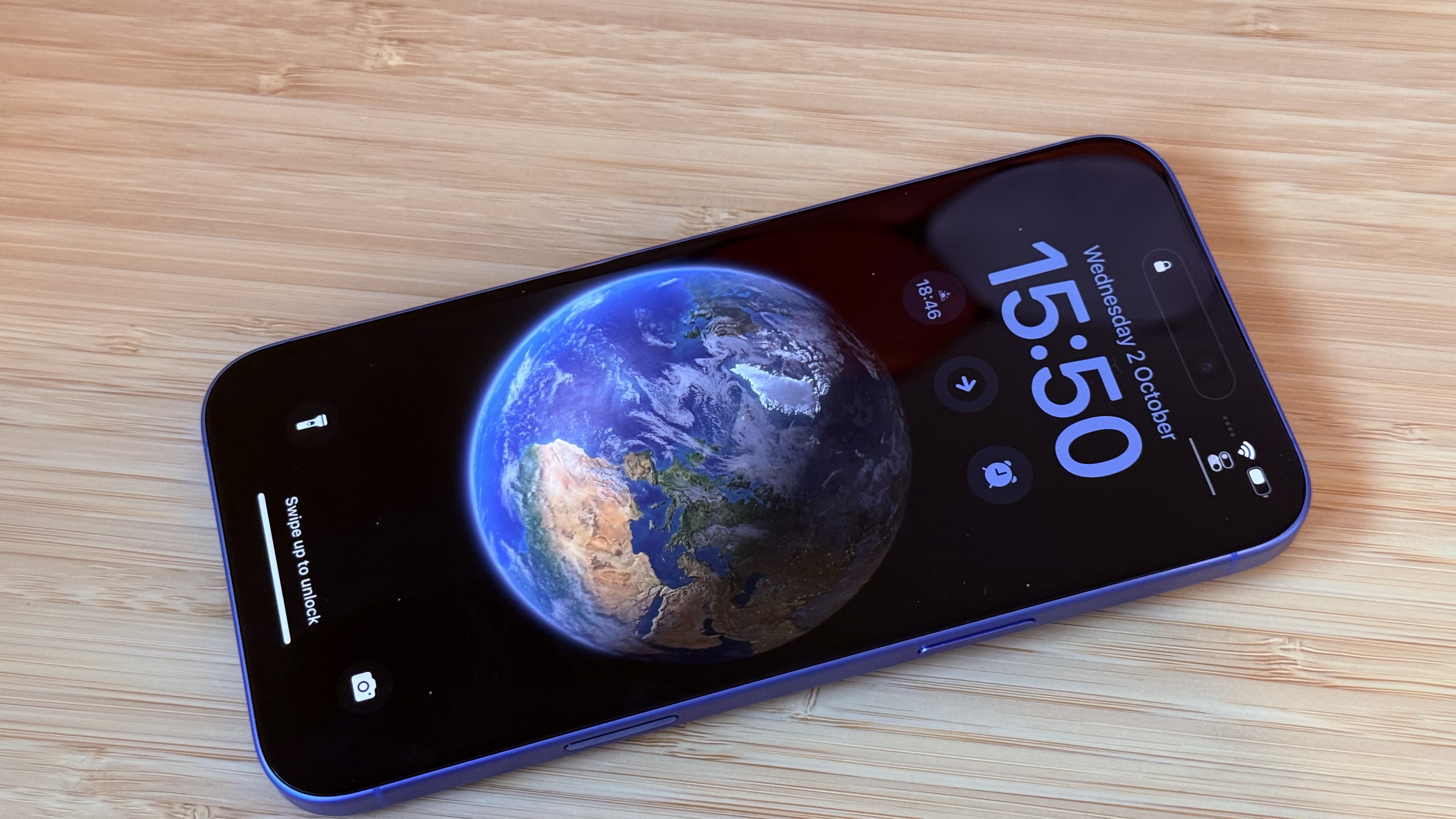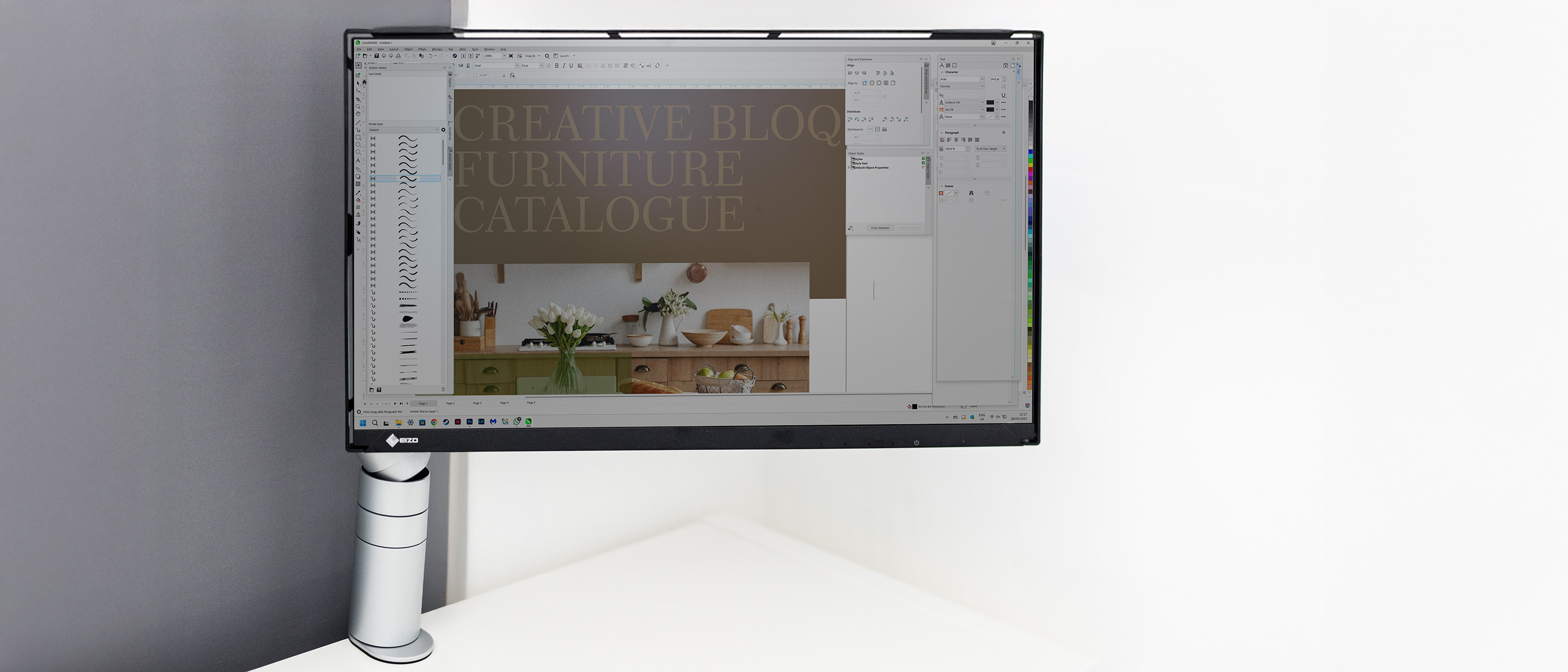Our Verdict
Usually, the 'vanilla' iPhone is the Pro's slightly less attractive alternative, partly because of the downgraded camera spec and partly because usually it features the previous year's Pro chip while the Pro gets a shiny new processor. This year, however, the iPhone 16 Plus is my iPhone of choice, over the Pro model. Yes, the camera could be better (come on, Apple, put macro in all your models already), and the GPU is slightly slower, but it's close enough for anyone who's not a content creation professional.
For
- Bigger battery than 16 Pro
- 6.7in screen is great
- New A18 chipset has lots of power
Against
- No macro photos :(
- 4K video maxes out at 60fps
Why you can trust Creative Bloq
It's autumn, so like every autumn, we get pumpkin spice everything, bring our warm coat out, and get a new iPhone. In my instance, I've had the iPhone 16 Plus for just under a week now. Still haven't had a pumpkin spice bolognese with pumpkin spice red wine yet though.
While the iPhone 16 Pro may grab more headlines due to its new telephoto lens or added macro abilities (and better gaming performance than before), I assume all made specifically to put it back at the top of our list of best camera phones, I may actually prefer the iPhone 16 Plus. Why?
Unlike previous years, where the vanilla iPhone gets the previous year's Pro chipset, Apple has given the 16 and 16 Plus a brand-spanking-new processor, the A18. It's slightly (and I do mean only slightly) less powerful than the Pro variant, with a 5-core GPU instead of 6, so it's become a much stronger candidate for any iPhone buyer outside the small group of professional content creators who need the Pro's more advanced camera features. It's even got interesting colours again!
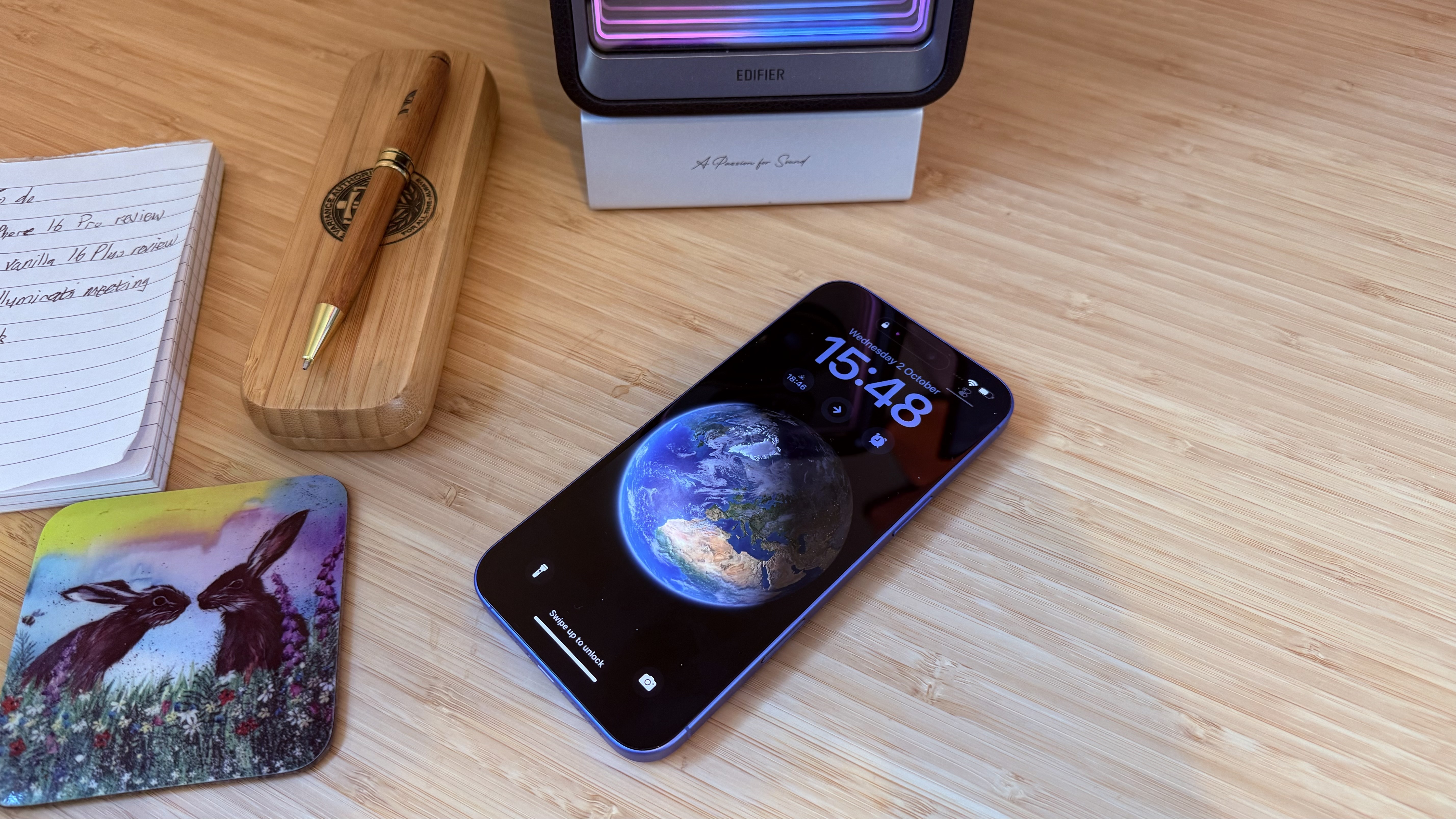
Apple iPhone 16 Pro: Key specifications
| Chipset: | A18 chip with unified graphic memory |
| Memory: | 8GB |
| OS: | iOS 18 |
| Screen: | 6.7in Super Retina XDR OLED |
| Resolution: | 2796 x 1290p (460 PPI) |
| Refresh rate: | 60Hz |
| Storage: | 128GB-512GB |
| Rear cameras: | 48MP Fusion camera, 12MP Ultrawide |
| Front camera: | 12MP |
| Connectivity: | Wi-Fi 7, Bluetooth 5.3, USB-C 2.0 (supports DP) |
| Battery: | 4,674mAh |
| Dimensions: | 160.9 x 77.8 x 7.8mm |
| Weight: | 199g |
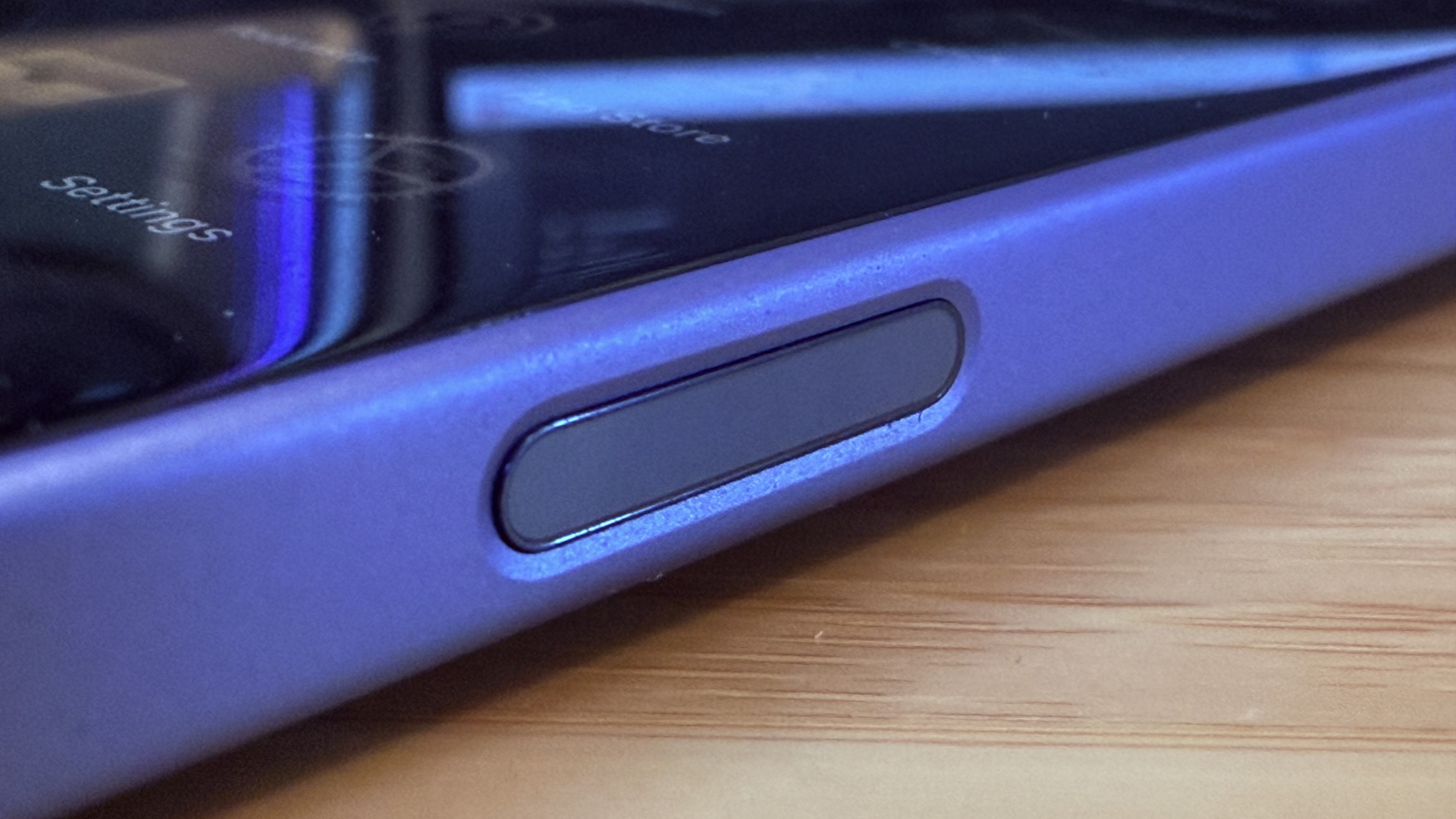
Design and screen
Just like the iPhone 16 Pro, the iPhone 16 Plus bears more than a passing resemblance to last year's model. It's the exact same shape and size, at 6.7 inches, all rounded corners and glass back with an XDR OLED screen on the front, it's somehow 2 grams lighter than last year's iteration.
That very slight difference might be down to one of two visible deviations from last year: the camera notch. It's now narrower with both lenses inline with each other. This is to make the phone's camera VR-compatible (so can record VR-ready video for Apple Vision). The other visible difference is the camera control shortcut button below the power button, which works in exactly the same way it does on the iPhone 16 Pro.
Despite the larger body, it weighs the same as the smaller 16 Pro, which is due to the frame here being aluminium rather than titanium. Still, it feels sturdy, comfortable and 'premium' in hand, with the rounded corners, while reducing screen space ever-so-slightly, make for a more comfortable fit in hand and pocket.
Near-everything else on the phone looks the same though. The screen has been further reinforced to withstand falls, impacts and shocks, while the back has Corning-made textured glass and the frame is aluminium just like on the 15 Plus. It's also got the same pixel density as the 16 Pro, at an industry-leading 460 ppi.
Oh, wait, there's one other big difference. After last year's - let's say muted - reaction to the washed-out colour scheme on offer, we get the big, bold colours back. There's white and black, and then there's teal, pink and ultramarine (blue), which is the colour I got in the iPhone Test Unit Sweepstakes. And I love it.
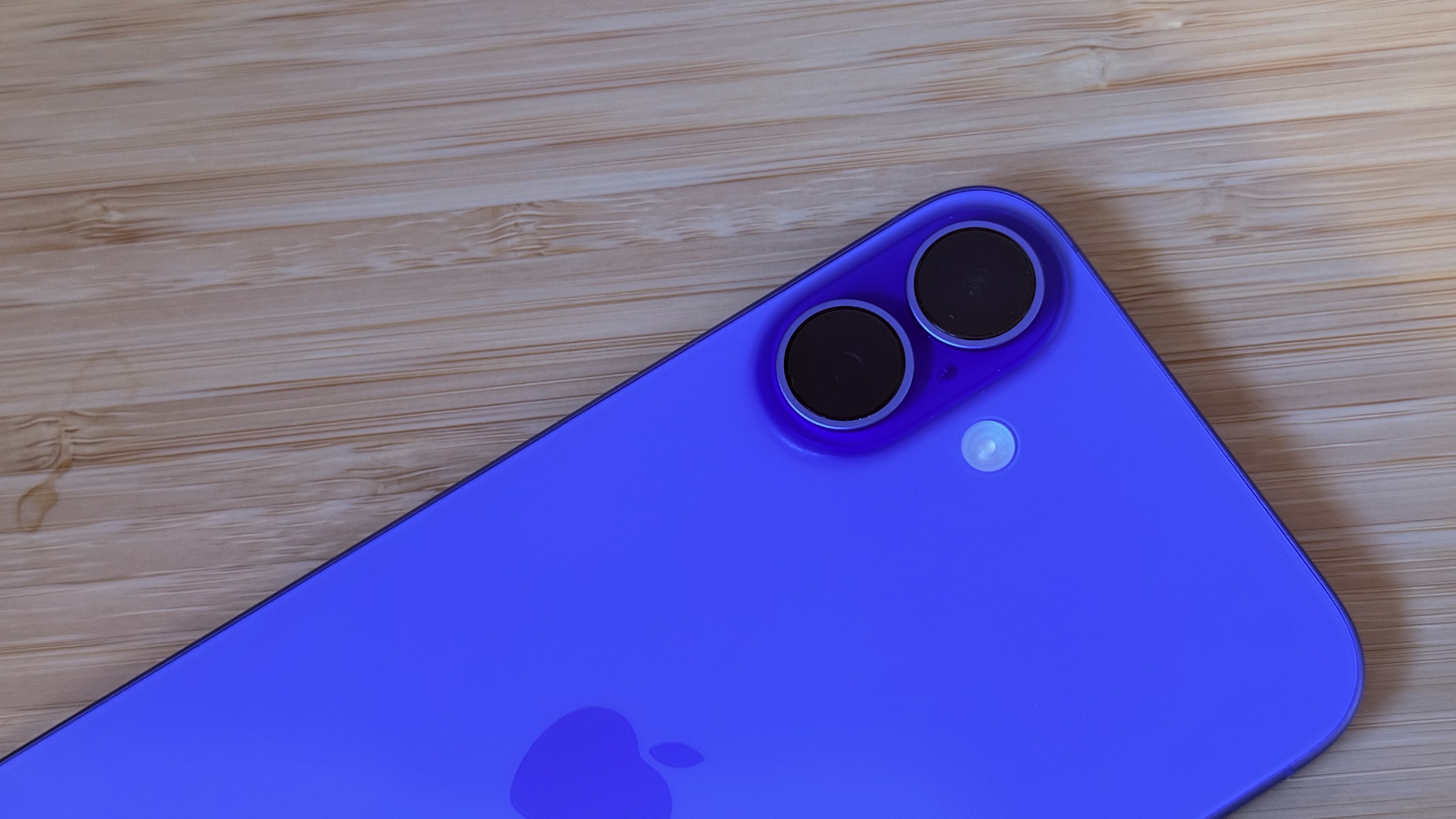
Features and performance
Again just like the Pro, setting the iPhone 16 Plus is a breeze, where you're guided step by step to customise all the key features of the phone before starting to use it. Transferring apps and data across from another device is as easy as ever, with Android-to-iPhone transfers easier this year with the improved app provided by Apple.
The A18 chipset powers the device, and it's only very slightly less powerful than the A18 Pro chip in the 16 Pro. With a 5-core GPU and a very efficient 8GB of RAM, I could play pretty much any game on this that I also played on the Pro, and app startup, watching video and listening to audio is equal in quality to the Pro.
As the 15 Plus had the chipset from the 14 Pro, the jump in performance between years is much more pronounced in the 16 and 16 Plus than it is in the Pro model. Geekbench 6 benchmarking scores are astonishingly close to the Pro model, at 3,329 points in single-core and 8,060 for the multi-core score. That's only 62 points below my average for the Pro, and makes it well over 20% faster than the iPhone 15. The GPU scores are similarly impressive: 28,048 puts it just over 10% below the 16 Pro (and the iPad Pro M1), and about 25% ahead of the 15 I tested last year.
As I had gone through my growing pains with the camera button when testing the Pro, I found it easier to get to grips with when I turned my hand to the 16 Plus. For quickly conjuring the camera it's a great addition, while the on-button touch sensitivity will no doubt frustrate as many as it delights. Some level of patience is recommended here.
| Geekbench 6 | Row 0 - Cell 1 |
| CPU single-core: | 3,329 |
| CPU multi-core: | 8,060 |
| GPU Metal:: | 28,048 |
The speakers are nice and boomy for a smartphone, and there is a satisfyingly bassy bottom to the sound, without drowning out or distorting the mids and highs. It makes music easily audible and enjoyable over the clatter of washing dishes, confirmed.
Interestingly, and perhaps due to the larger body, the battery is bigger in the 16 Plus than in the Pro, and it becomes a true full-day-use phone in the process. I eked out well over 14 hours of fairly intensive work and hobby use out of it in a single day, playing audio, video, communicating on work messaging platforms, browsing the web and taking and editing photos.
I have the same complaint about charging here as I do for the 16 Pro (and indeed every iPhone before that). You can get up to 50% charge in 30 minutes, which is a much slower rate than in phones like the much more affordable nubia Z60S. Wireless charging has been upped to 25W, but more improvements are needed here for the iPhone to keep up with fast-charging Androids.
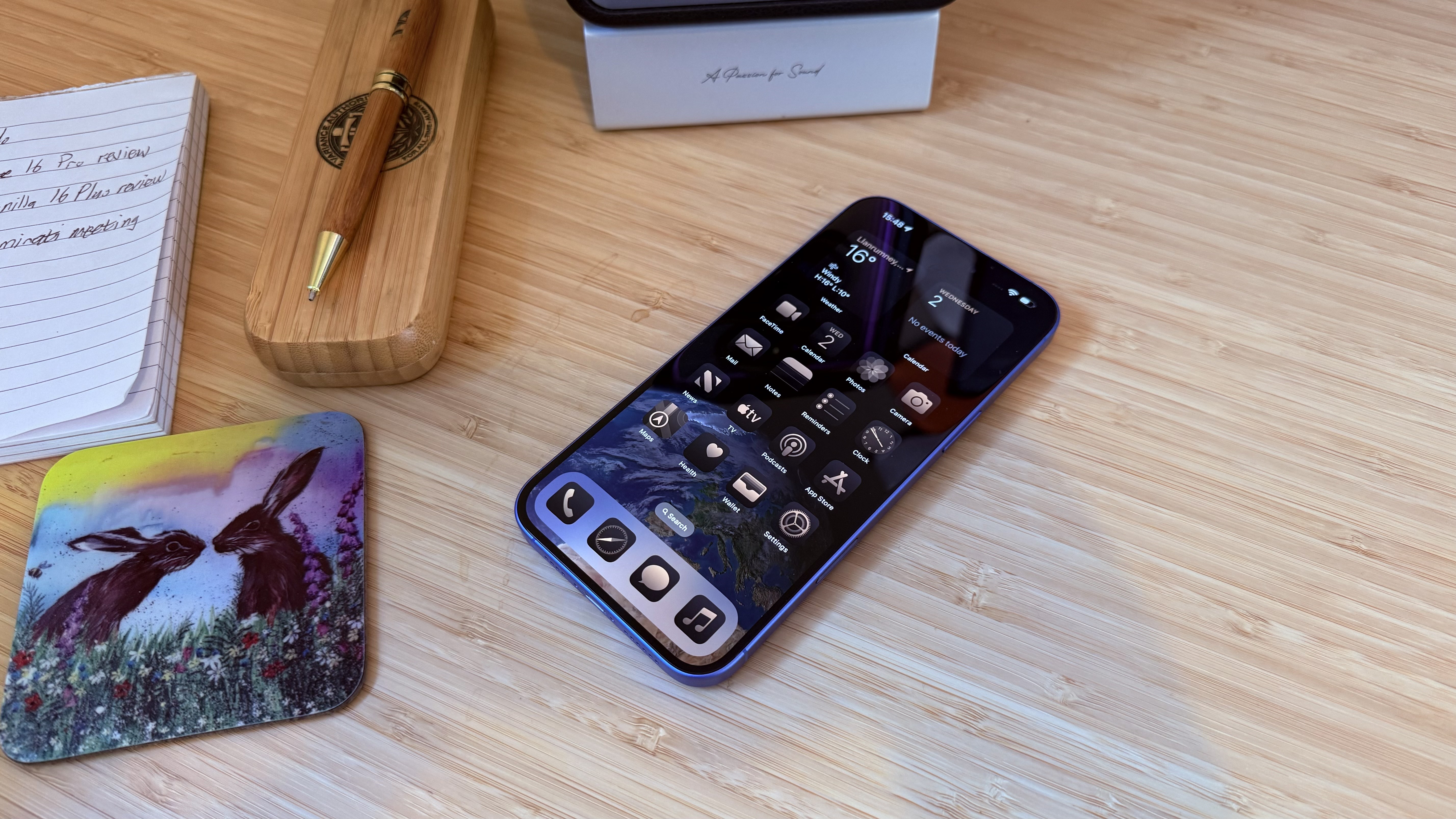
Apple Intelligence
AI is finally on the way to Apple devices, in the form of 'Apple Intelligence', a suite of AI features due to be rolled out to iOS 18 at the end of this year. This includes generative AI features like image and emoji generators, along with writing aids, a more digital-assistant-focused Siri and intelligent image search and recognition. I haven't been able to test this suite in its consumer form yet, but we will keep you updated with our testing of that as we get access to it on Creative Bloq.
Camera
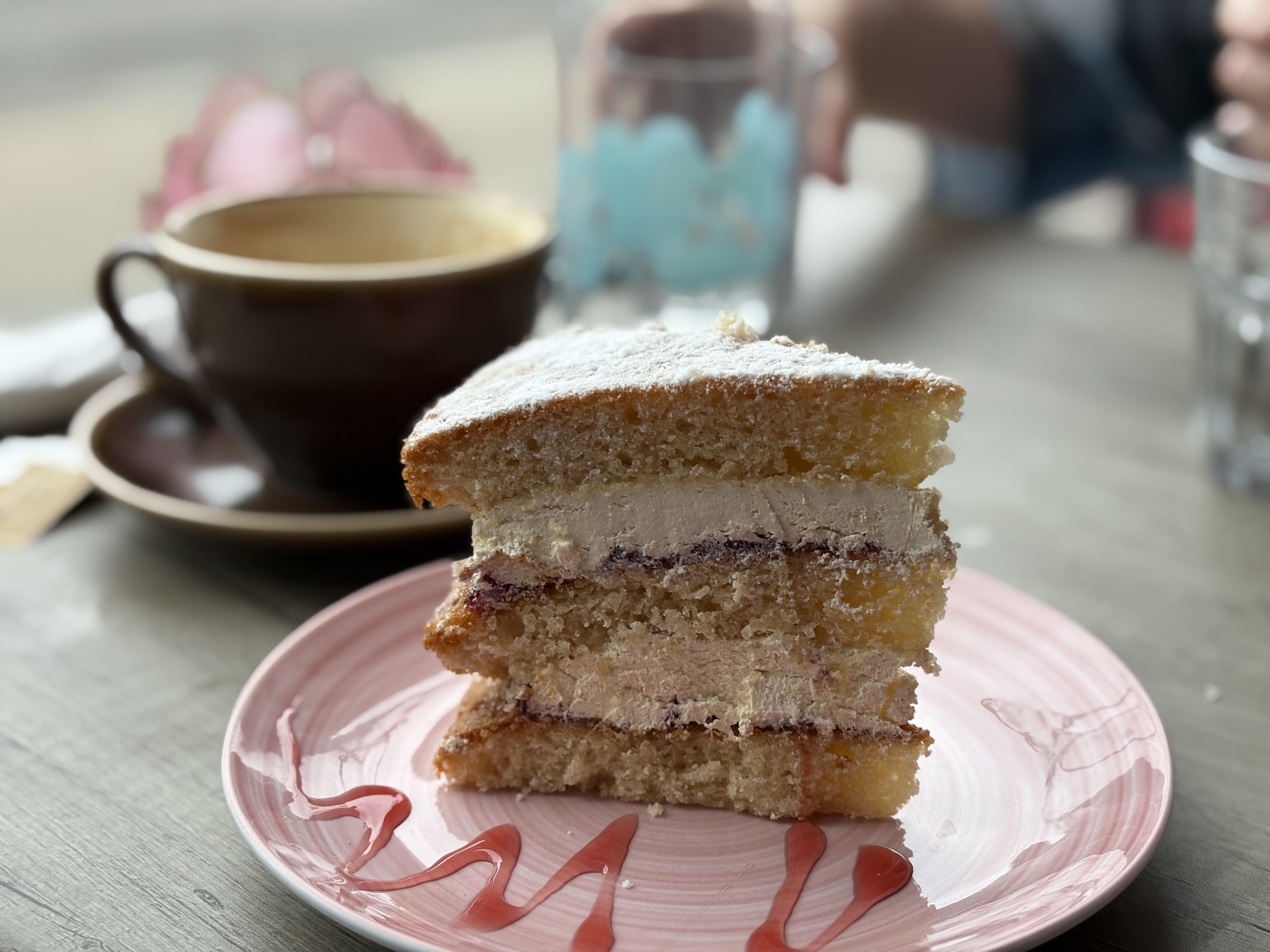
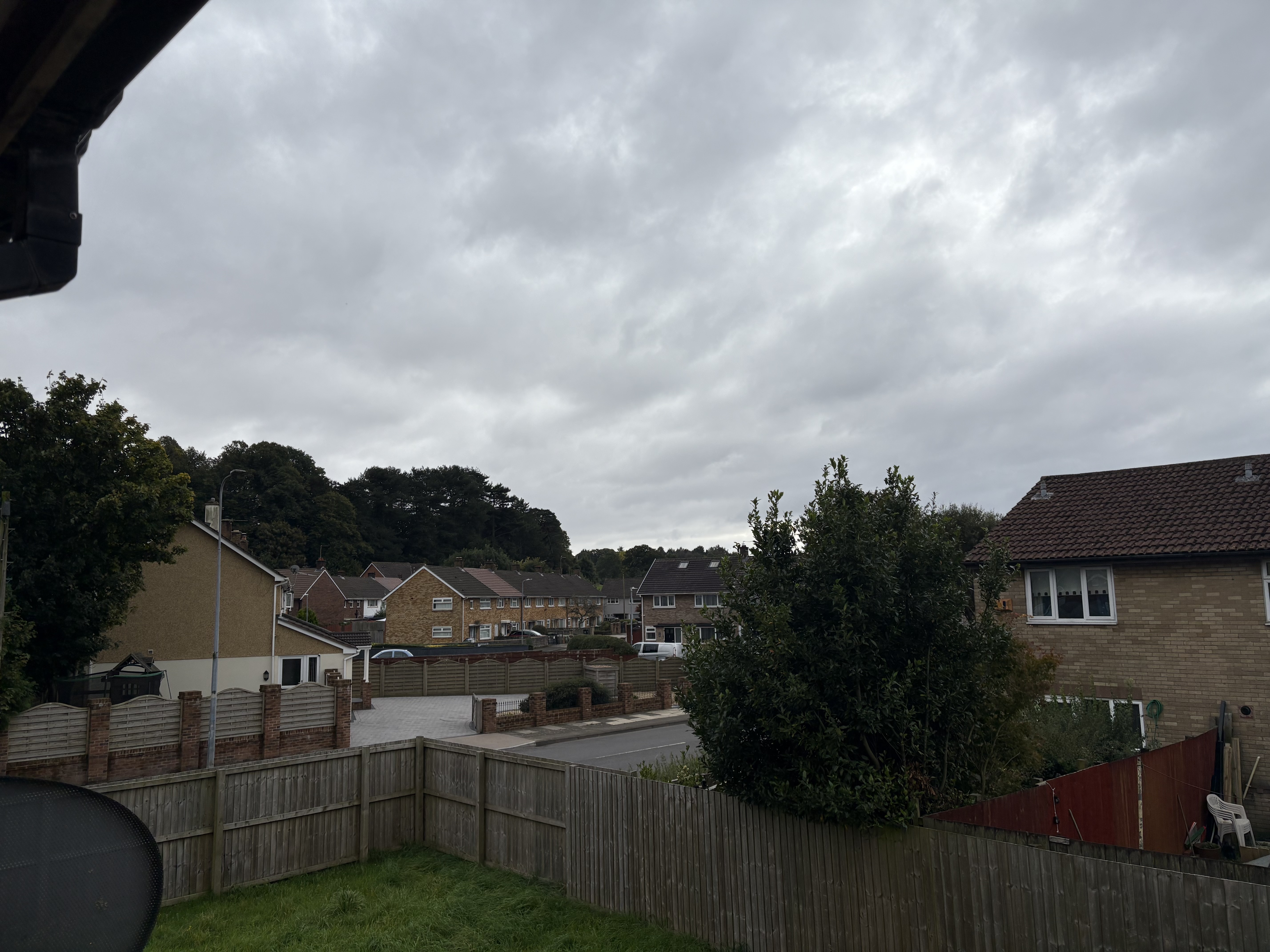
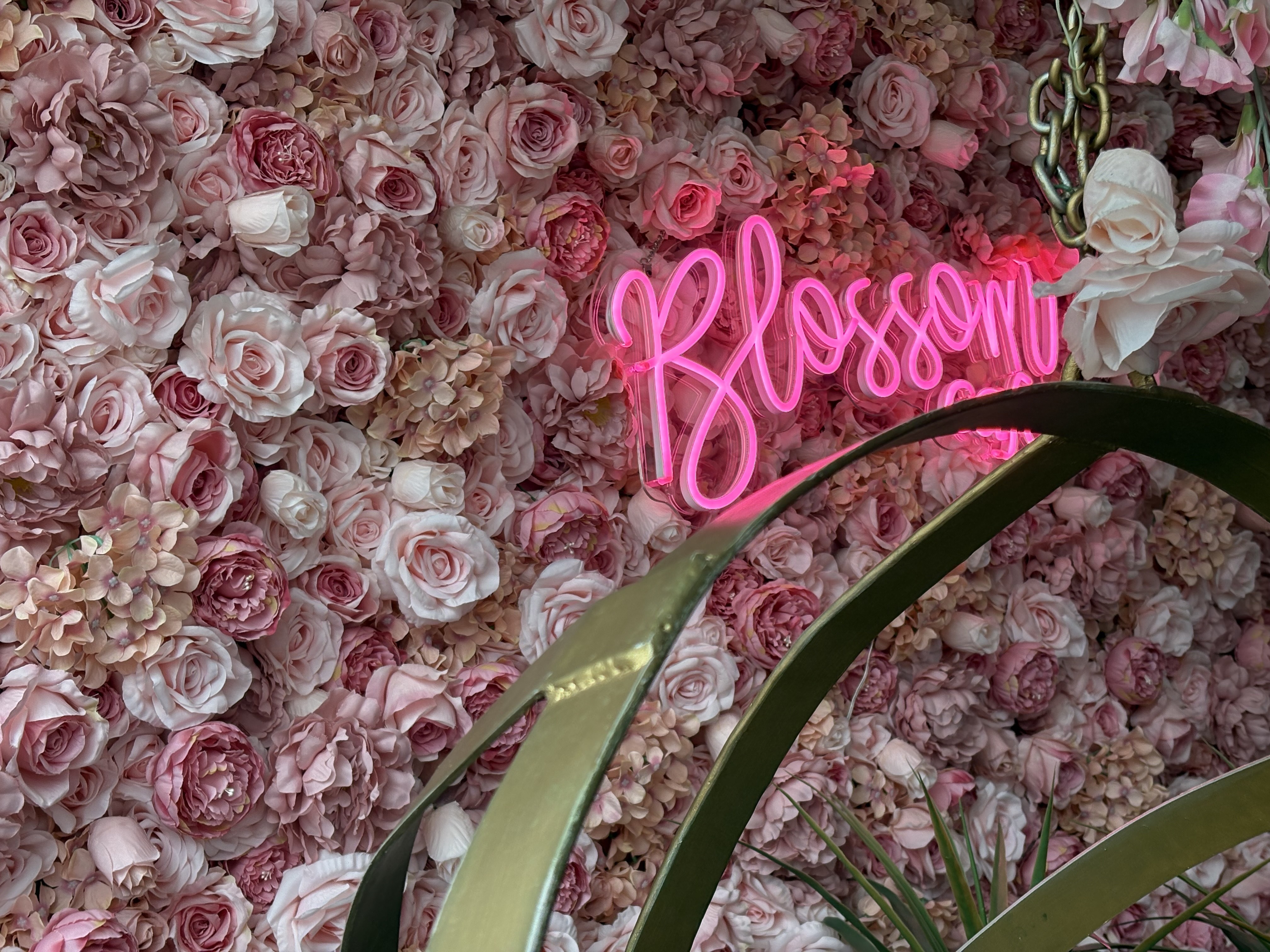
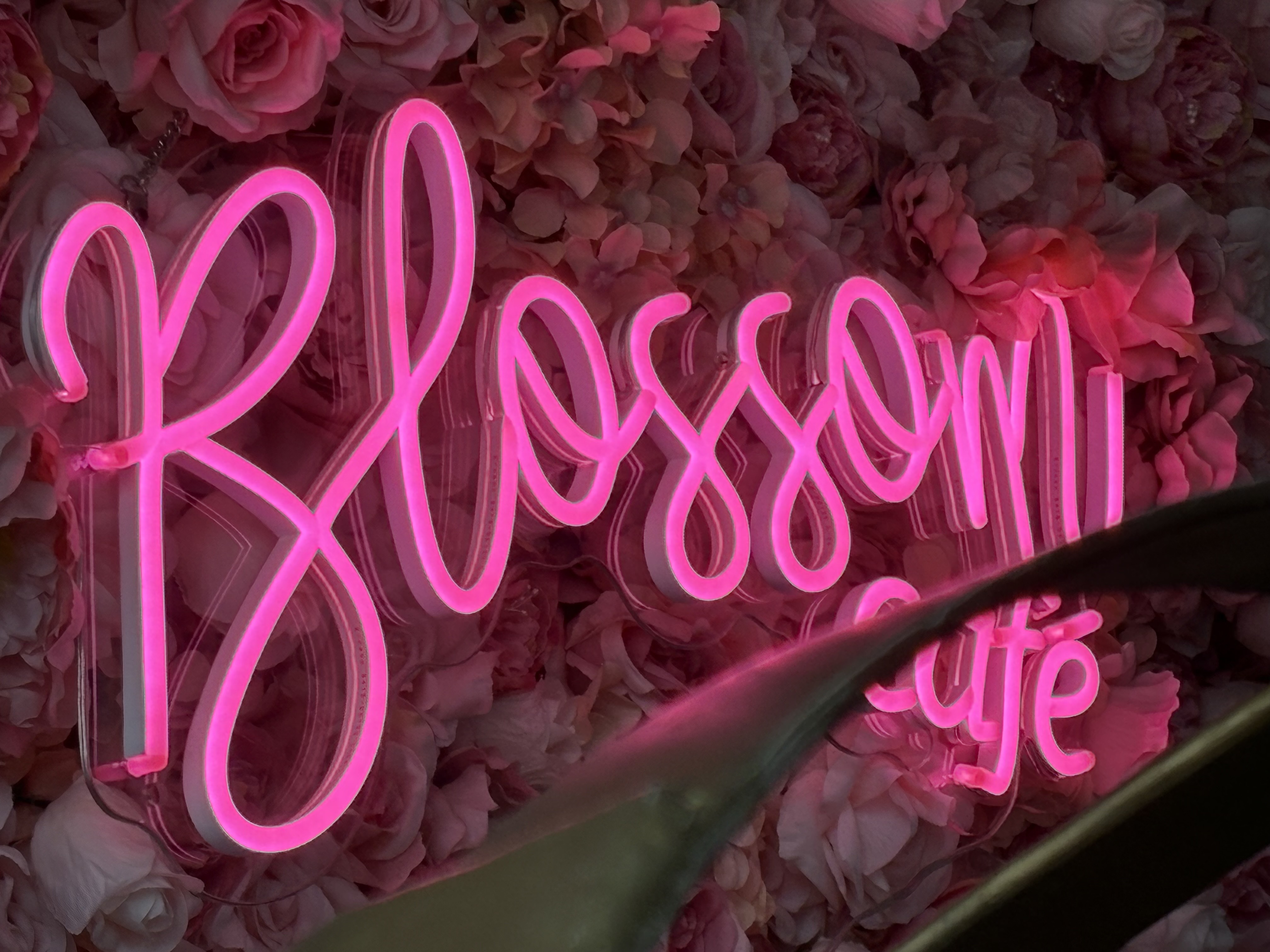

The camera is the biggest compromise you'll have to make if you choose the iPhone 16 or 16 Plus over the Pro model. There's no telephoto lens, and thus no 5x optical zoom or macro function. Also, the video maxes out at 4K/60fps, which limits the video-editing suite a little compared to the professional-ready Pro video camera.
However, all regular photography is fully on par with the Pro, as the main camera is the same, and although the Ultrawide one is only a 12MP offering here (as opposed to 48 on the Pro), landscape shots are nearly identical to the Pro. It's very respectable quality, and unless you're a pro content creator, this model will do nicely.
I do love me a macro lens though, so I hereby petition the powers that be at Apple to please for the love of Odin, Freyr and rest of my Pagan gods, please include macro next time. Phones less than half this one's price are doing it. Come on.
Price
The iPhone 16 Plus starts at £/$899, but the model I tested, which has 512GB of storage, comes in at £/$1,199, which puts it right at the high end of the flagship market. If you're okay with a smaller screen, going for the regular iPhone 16 will save you £/$100.
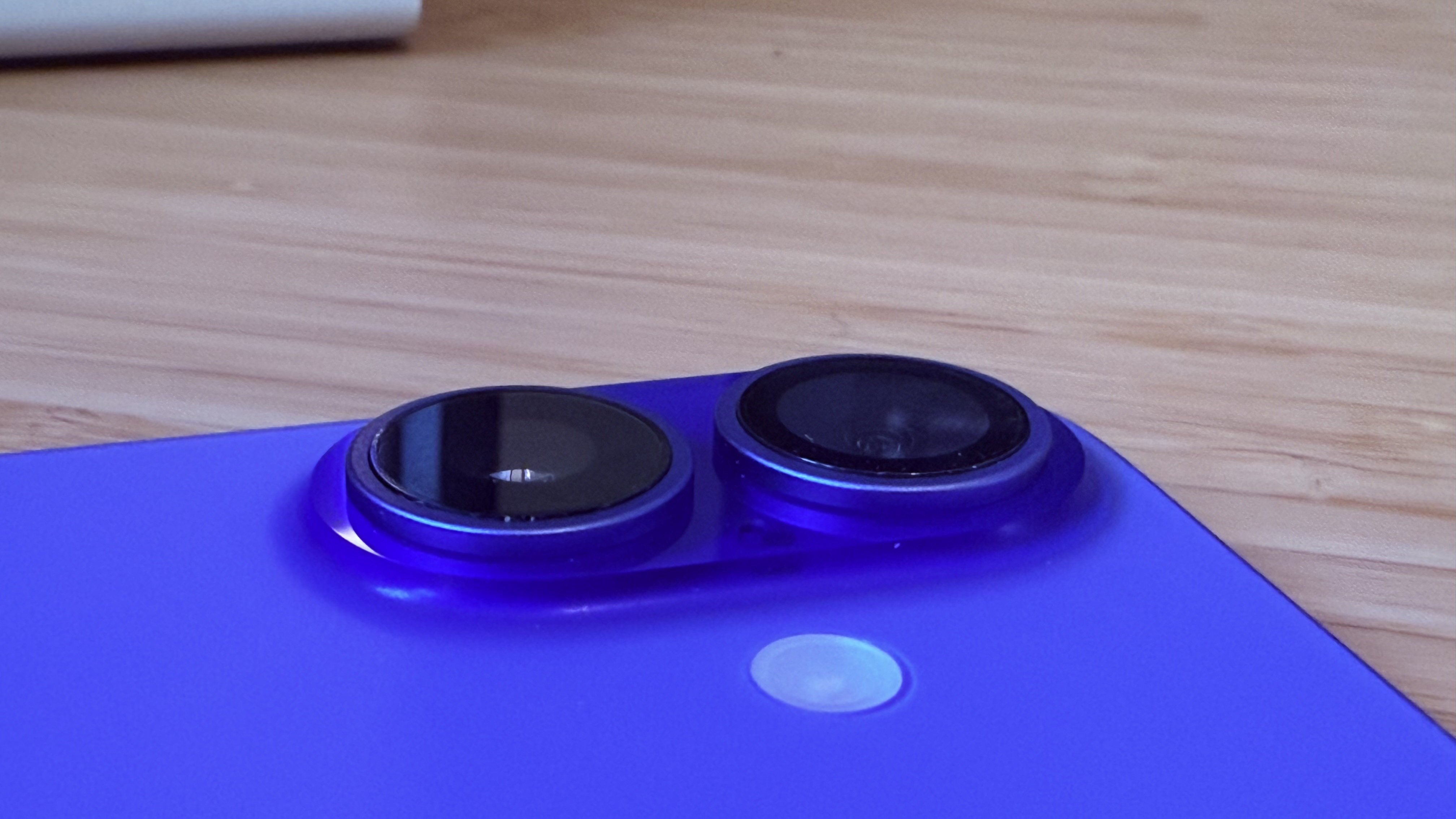
Who is it for?
Unless you're a professional content creator, the iPhone 16 Plus will be more than enough for you. Yes, the charging is still tortuously slow and why oh why isn't there a telephoto lens yet, but unless those are dealbreakers, there's very little need for any everyday user and casual creator of social-media content to spend hundreds more on the Pro. You get blistering performance, a great screen and ace sound here, and for the first time in quite a while, stepping up from the immediate predecessor could be worth it here...
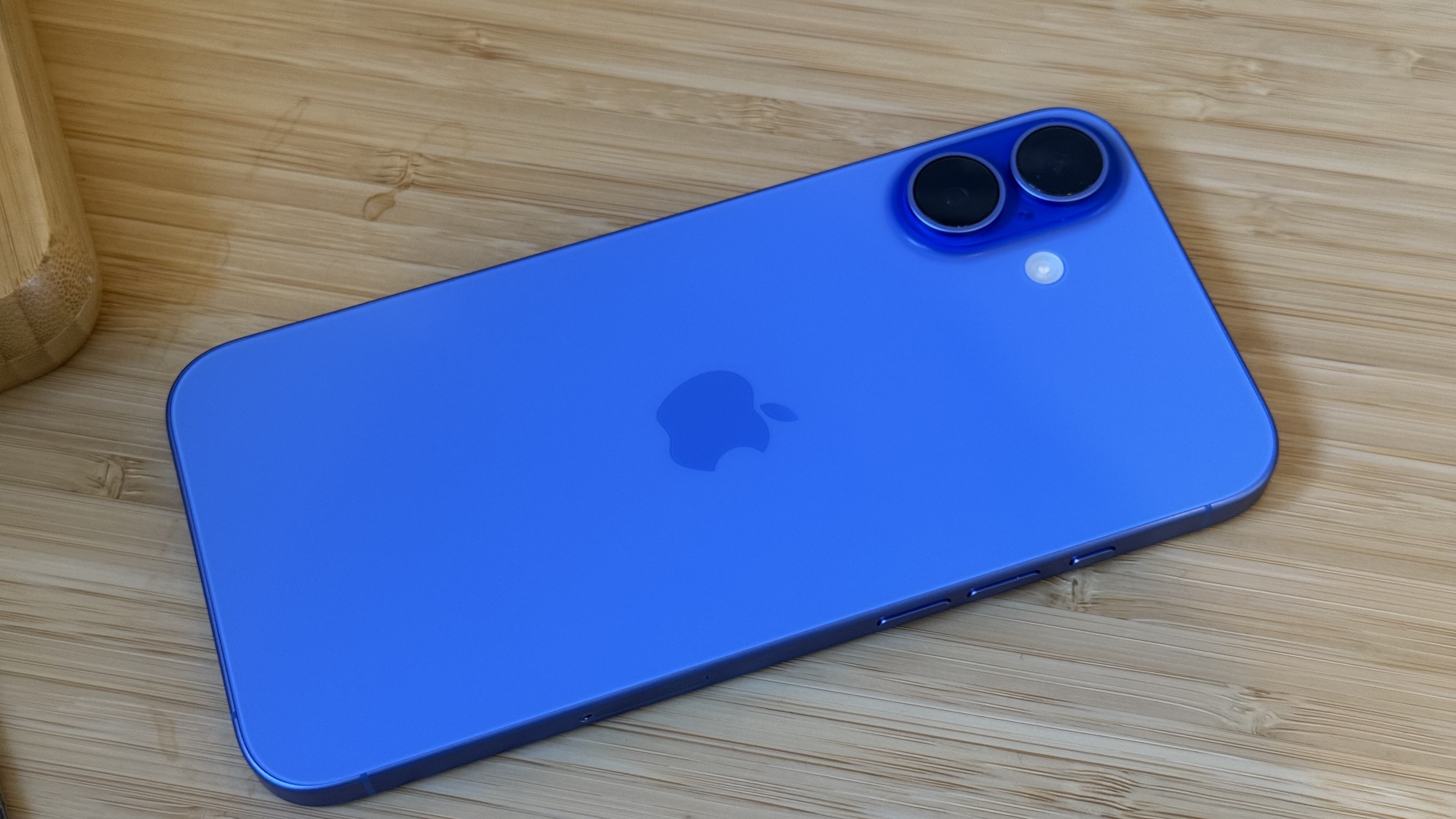
Buy it if
- You want near-16 Pro performance for less
- You don't mind missing the telephoto lens
- You don't need pro-level video
Don't buy it if
- You are a professional content creator
- You can't live without macro
- You don't like bright colours
out of 10
Usually, the 'vanilla' iPhone is the Pro's slightly less attractive alternative, partly because of the downgraded camera spec and partly because usually it features the previous year's Pro chip while the Pro gets a shiny new processor. This year, however, the iPhone 16 Plus is my iPhone of choice, over the Pro model. Yes, the camera could be better (come on, Apple, put macro in all your models already), and the GPU is slightly slower, but it's close enough for anyone who's not a content creation professional.

Erlingur is the Tech Reviews Editor on Creative Bloq. Having worked on magazines devoted to Photoshop, films, history, and science for over 15 years, as well as working on Digital Camera World and Top Ten Reviews in more recent times, Erlingur has developed a passion for finding tech that helps people do their job, whatever it may be. He loves putting things to the test and seeing if they're all hyped up to be, to make sure people are getting what they're promised. Still can't get his wifi-only printer to connect to his computer.
